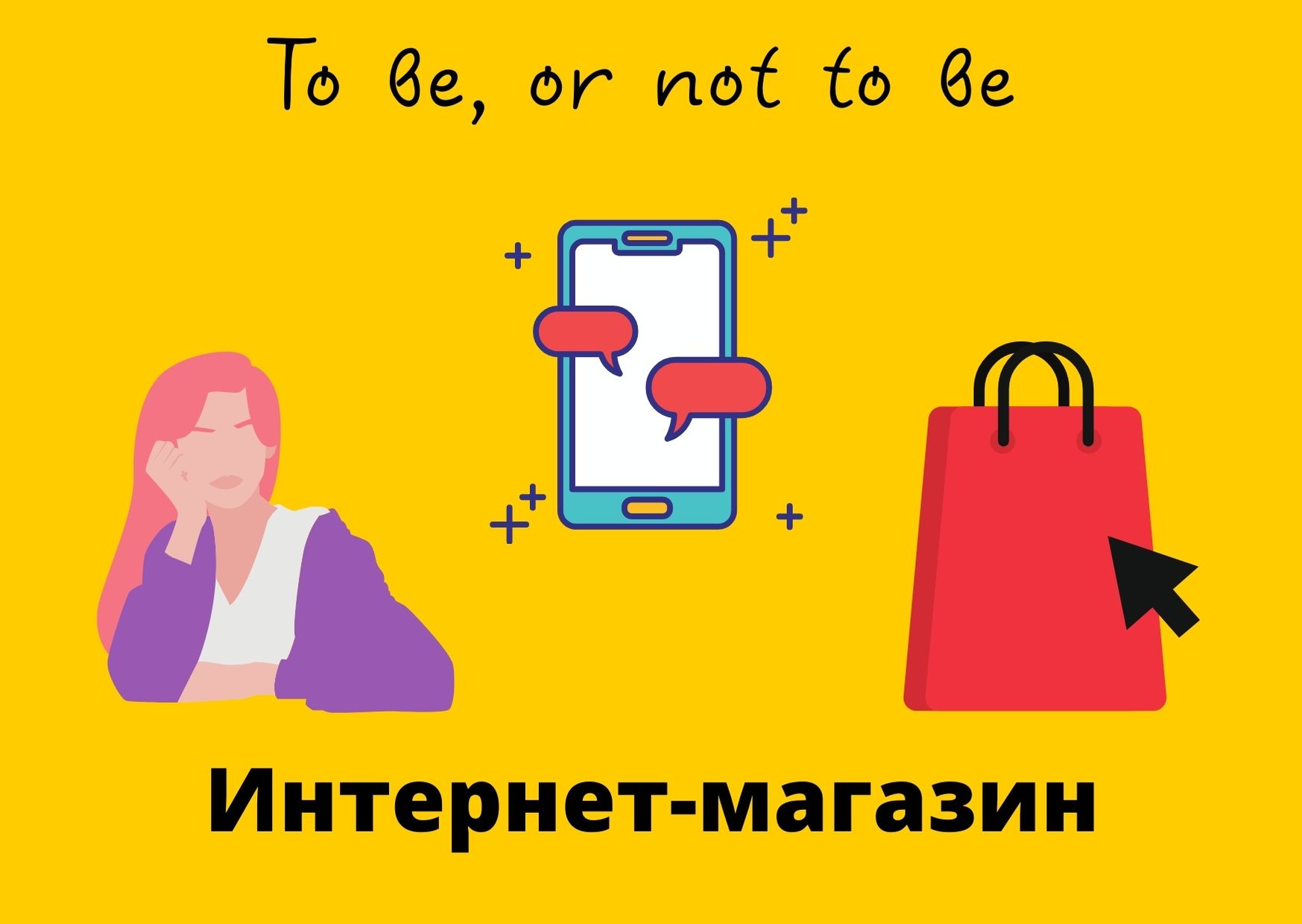Business in quarantine, going online: statistics and transition strategy
We can already say with certainty that 2020 is the year our lives transitioned online. It is unlikely that anyone could have thought of this a year earlier. Having an online store at the same time as an offline one was the height of pomposity, not always a wise use of budgets. The reason is that our people were reluctant to trust online, due to the fact that you can’t touch, bargain, etc. But the pandemic quickly helped us learn to trust and quickly change habits and requests.

In the first half of 2020 alone, Russians made three times more purchases compared to the same period in 2019, according to TASS. Thus, the share of Internet acquiring (a method of paying for goods/services with a bank card online) amounted to 67% of total acquiring. In 2019, these values were only 32%.
The AdvantShop service analyzed the market and published its data. In the first quarter of 2020 alone, the growth of new online stores amounted to about 199%.
In total, according to Kommersant newspaper, the pandemic and self-isolation measures brought about 15 million new customers to online stores. And now these are only preliminary estimates. It will be possible to say more precisely only in a couple of years, when after the restrictions are lifted, some customers will go offline again, but most will still make purchases online. At this stage, these figures indicate that the share of online stores will only grow.
We tell you what you need to do now to avoid being an outsider. It is important to note that the transition of a store to online is not an easy process, but if you use four basic rules, this transition will be the least painless. So:
According to a study by Squarelovin.com, conducted in May of this year, just 4 simple rules will help to avoid a massive outflow of customers when launching an online store:
- Adaptation for all devices and discounts on the first screen. 26% of users will simply refuse to make purchases if the site is inconvenient to use, buttons overlap the content, blocks do not fit, etc. Before ordering a design, think about it, draw in any constructor or, at worst, on a piece of paper, the size of your phone and mark there all the buttons that your client should click on when placing an order (hit with a finger). 33% of users are guaranteed to make a purchase if they see all the promotions and special offers on the first screen of their smartphone/tablet/PC.
- Attention to reviews. 92% trust user content more than advertising. It is important to motivate customers to leave reviews on the site, the best place for this will be the product card, so that new users have the opportunity to find out the opinion of other buyers about your product. It is also important to systematically engage in moderation, reputation response.
- Motivation to buy. 81% of users reported that their decision to buy was influenced by reviews, see p. 2. And secondly, the “Also bought with this product” block increases the average check by 34%.
- Recommendations from the horse's mouth. Satisfied customers are 9 times more likely to share their experience with friends, and regular customers spend three times more on purchases in the online store than new ones. Therefore, it is very important at the initial stage to process each order almost manually, i.e. interact with the client, ask how satisfied he is with the purchase. At the initial stage, as a reaction, for example, after the client receives an order, you can send him a letter of gratitude and a discount on the next purchase, be sure to limit it to a time frame so that he makes a decision as soon as possible. In the future, this process can be automated.


